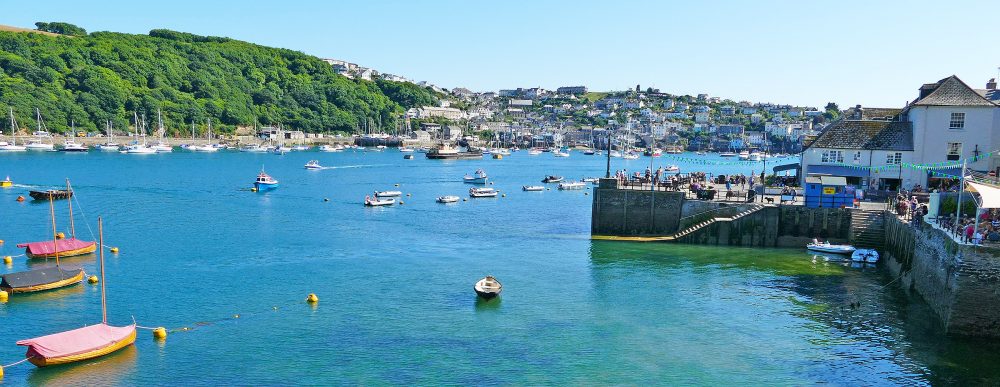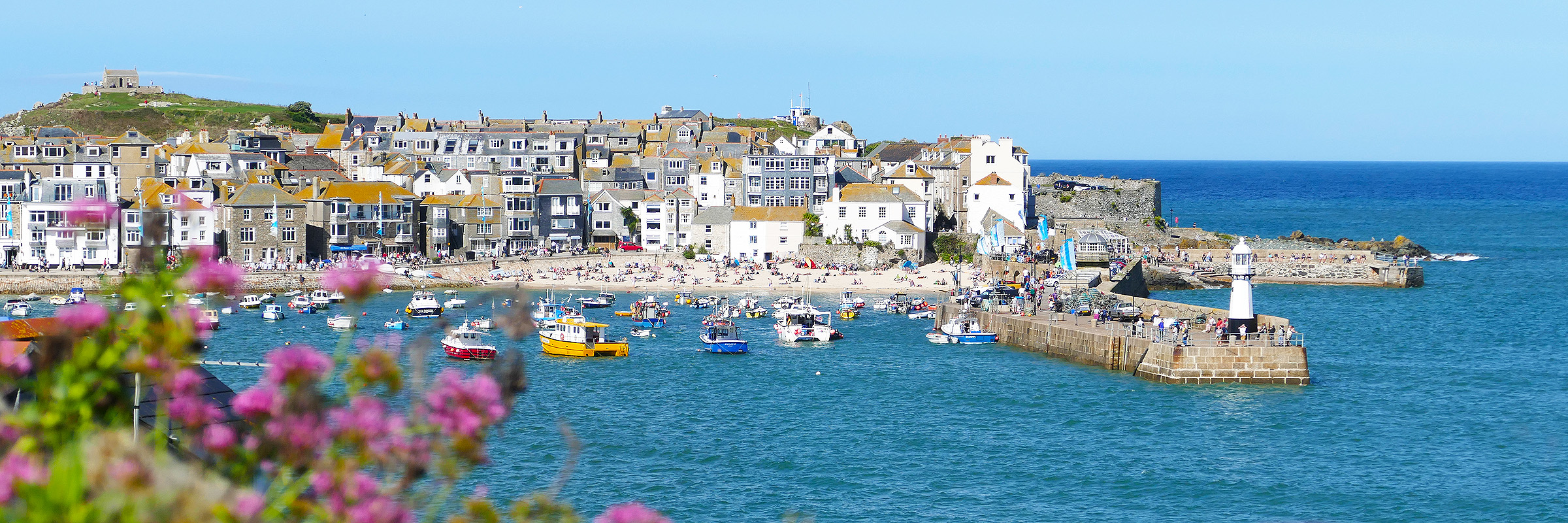When most people think of Cornwall their minds jump to our wonderful scenery, however Cornwall also has an innovative and varied industrial and cultural history. Some of Britain’s most important Industrial Heritage sites are on our doorstep, but some need a trip a little further afield to explore.
Close to home we have Britain’s first commercial wind farm and England’s oldest working slate quarry, both at nearby Delabole. The slate was once hauled in horse-drawn wagons to Port Gaverne and loaded onto ships for export. Cornwall has also exported miners and technology all over the globe and it is said that if you look down any pit in the world, you’ll find a Cornish ‘Cousin Jack’ at the bottom. The region’s mining heritage is celebrated by UNESCO with a World Heritage Site stretching from Tavistock in West Devon across ten locations right down through Cornwall. The museum and underground tour at Geevor Tin Mine provide the perfect opportunity to taste the mining life.

The world-famous Eden Project, recently visited by the G7 leaders and three generations of the royal family in one go (!!), is itself built in a disused quarry. They are currently bringing centuries of local experience in mining technology right up to date to use geothermal energy from the rocks below our feet to generate electricity. Meanwhile down in Penzance, they have harnessed geothermal energy to heat part of the Art Deco Jubilee Pool making it the first lido of its kind in the UK.
Amidst all of this industry, Cornwall is also famously attractive to artists of all kinds. The natural beauty, unique light (the product of being almost surrounded by the sea) and the history of innovation blend together in St Ives, which became a centre for modern and abstract developments in British art from the 1940s to the ‘60s. Tate St Ives opened in 1993 in a stunning purpose-built gallery on the beach. It exhibits the Tate collection of St Ives School and related art. The Tate also runs the Barbara Hepworth Museum and Sculpture Garden at the Trewyn Studio where she lived and worked. You can use the Park and Ride from St Erth station and combine your visit with a trip on the St Ives Bay Line, one of Britain’s Great Scenic Railways.
Yet another place where the worlds of art and technology collide is Porthcurno. Not only does it have a spectacular beach which features in the BBC Poldark series, but it is home to two very different attractions. High on the cliff overlooking the beach perches the internationally renowned Minack Theatre, built by hand in the 1920s by Rowena Cade and her gardener. Meanwhile down at sea level is Porthcurno Telegraph Museum. This tells the story of Cornwall’s pioneering role in global communications. Cables buried beneath this unassuming beach reach out around the world helping all those far-flung Cornish cousins stay in touch. Also down at the Lizard is the instagram sensation Kynance Cove, one of the most picturesque places in Cornwall.

And if you’re into all things literary there is Fowey, the location of the annual art and literary festival, not to be missed. There are many places that deserve a visit in Cornwall that need a bit more travelling but are well worth it. Many will require a full day and some even an early start and in this current times you may need to book before you go. Also, you will need to be aware of any restrictions on hospitality in the area.


